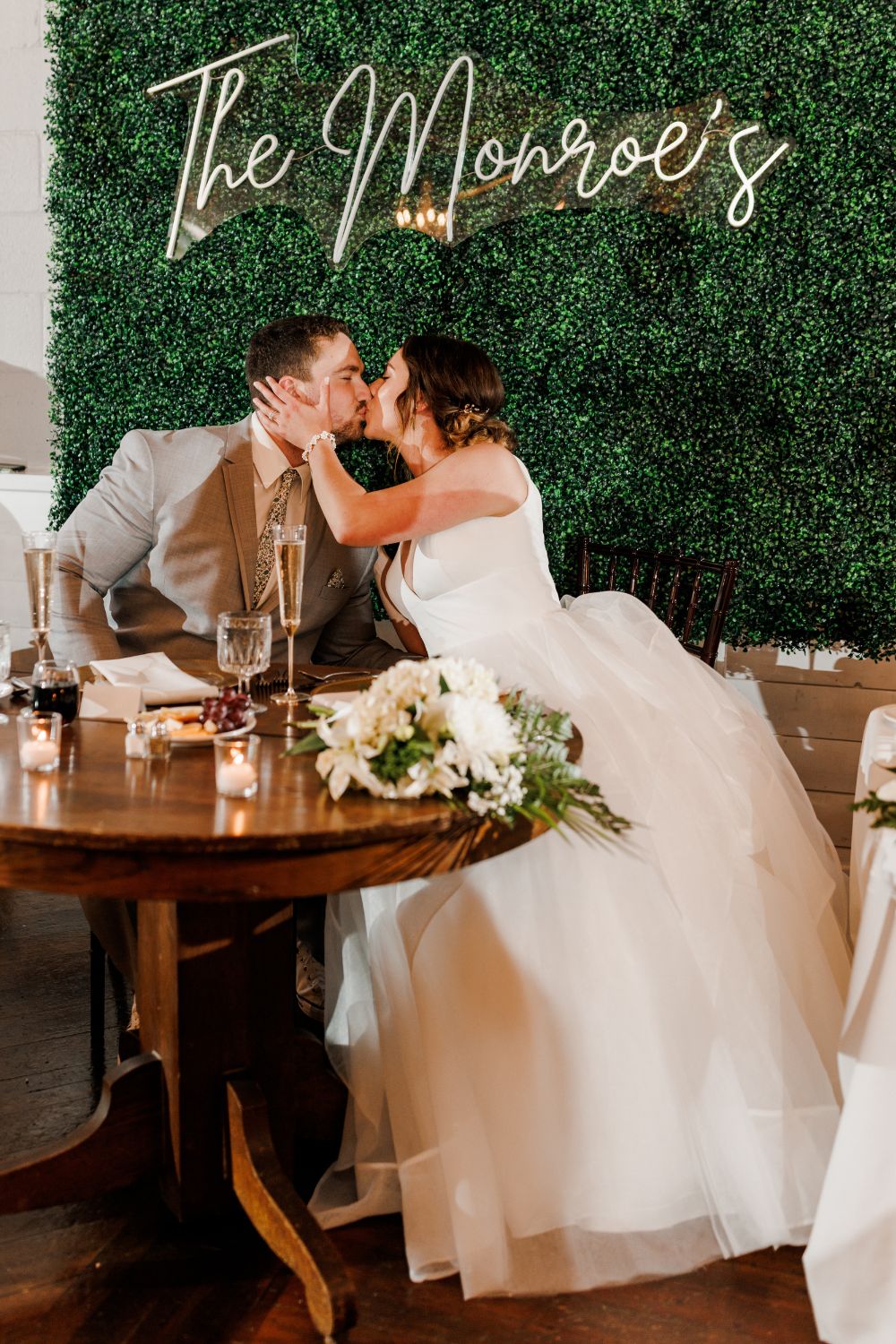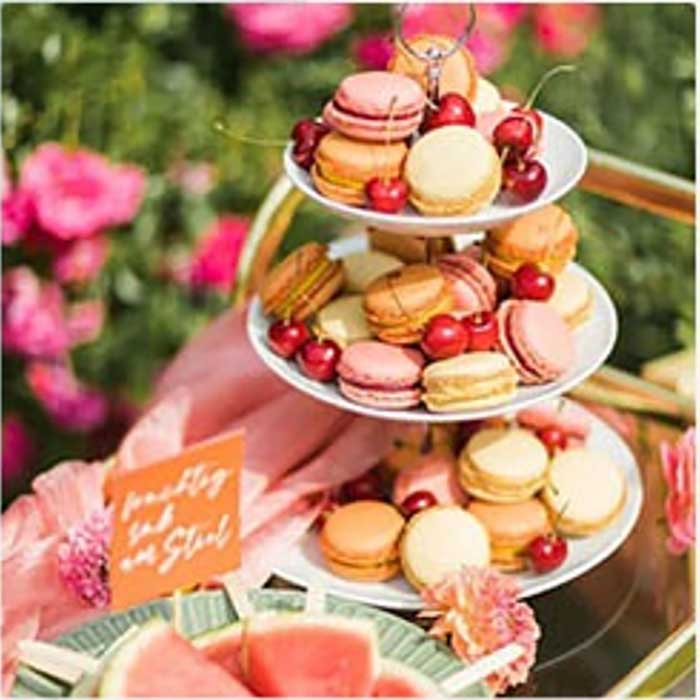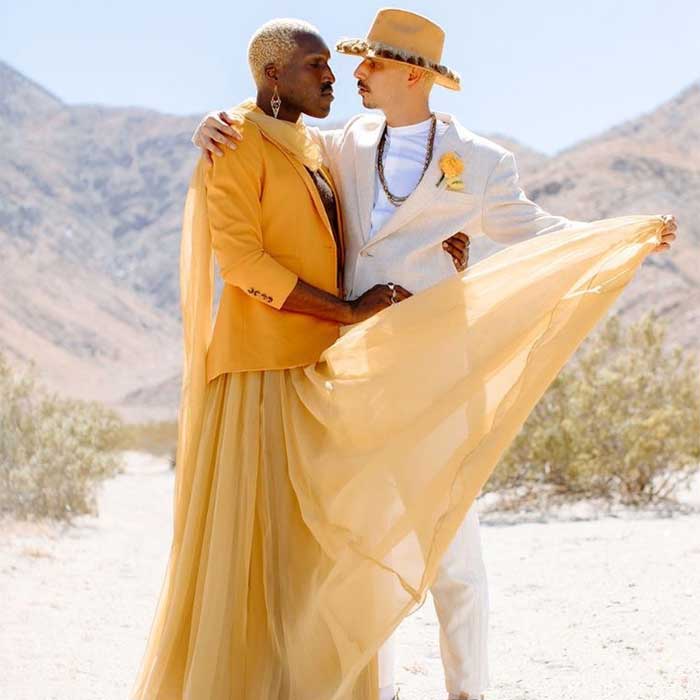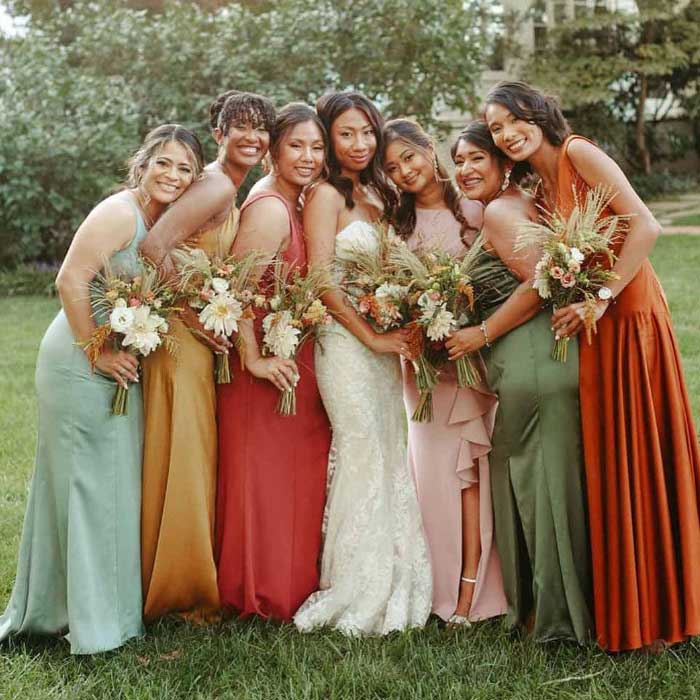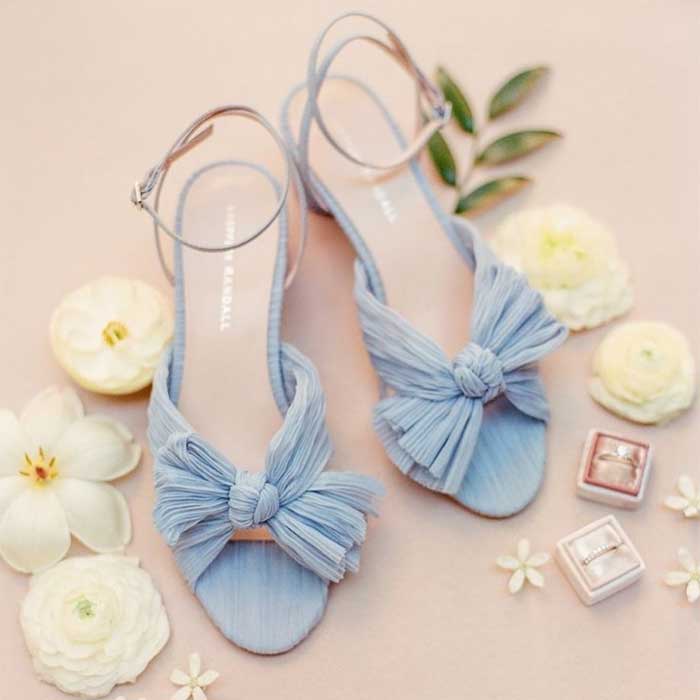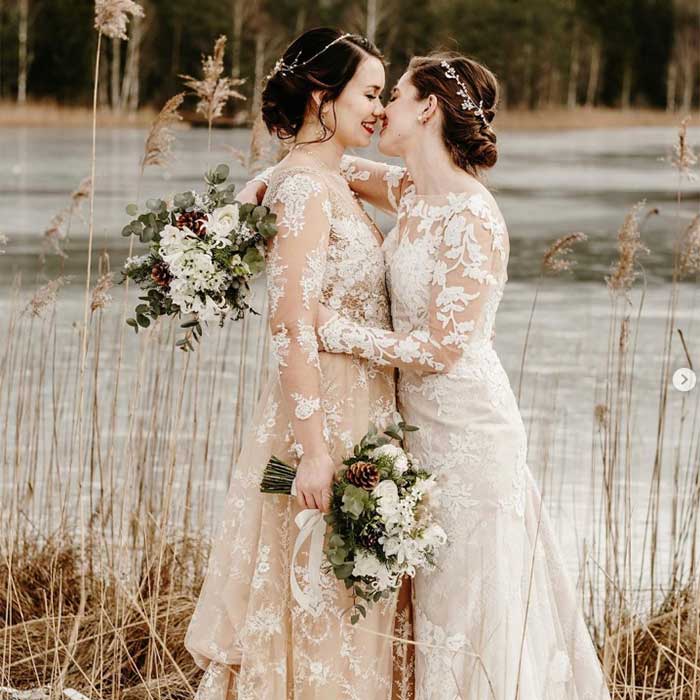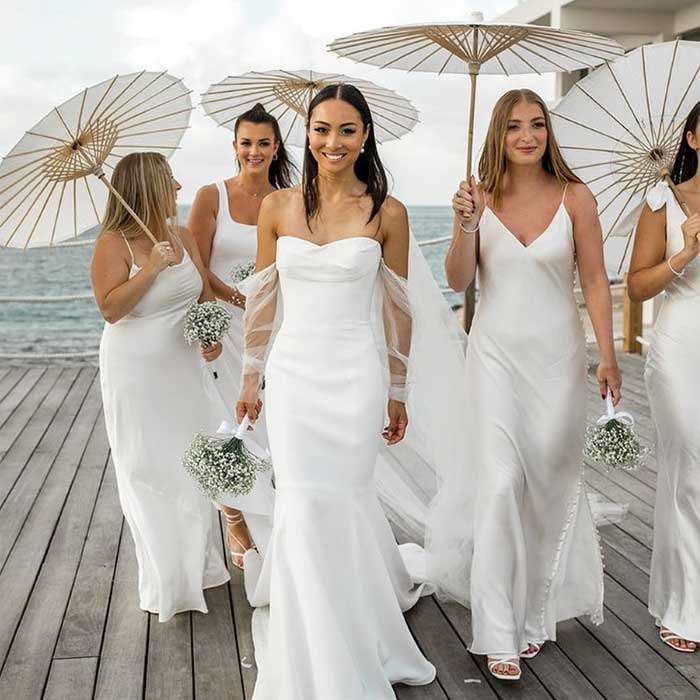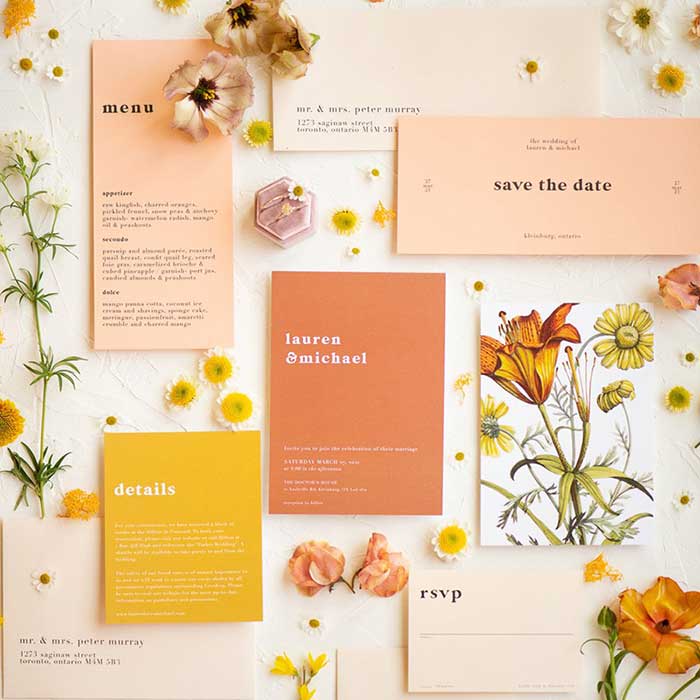What Are The Four C’s of Diamonds?
The Four C’s Of Diamonds
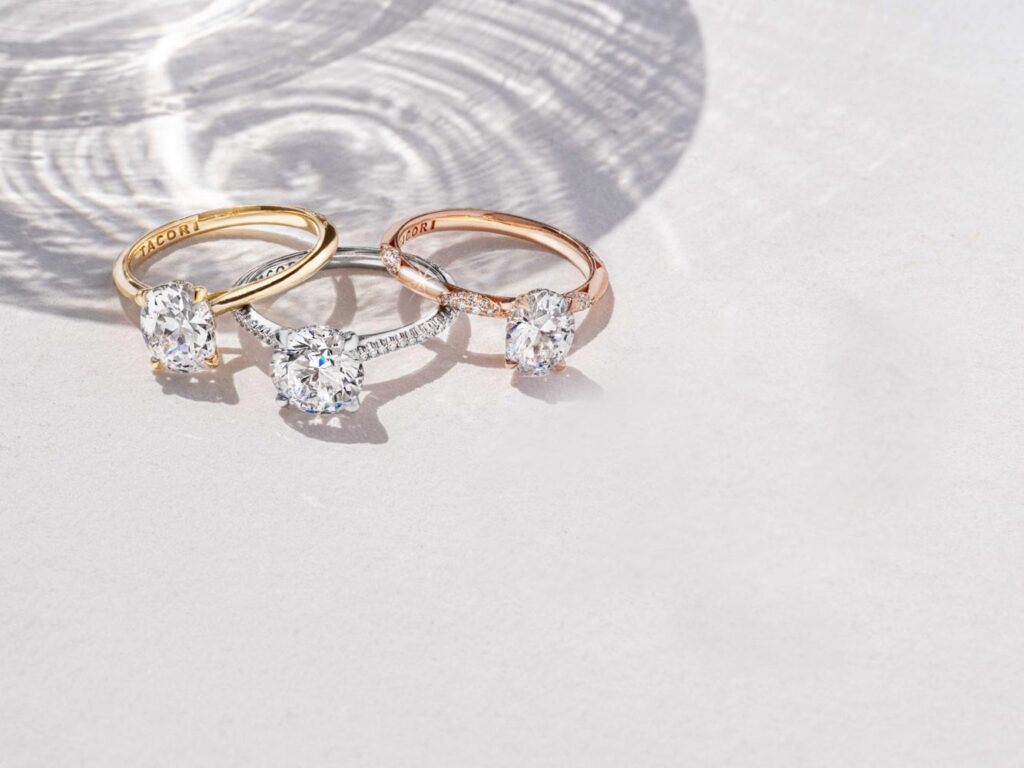
Photo sourced from Lucido Fine Jewelry
What are the Four C’s of Diamonds? And why do they matter?
To put it simply, the Four C’s of Diamonds are the following: Cut, Color, Clarity and Carat. Each of these four characteristics is a unique aspect of choosing the right diamond for you and your partner. What do these traits refer to and why are they important? We’ve put together this short guide below to help you better understand The Four C’s of Diamonds.
Cut
Cut refers to the shaping of a diamond and directly influences light’s natural ability to permeate the stone. The cut of a diamond includes its facets, which are the flat, polished and reflective surfaces on the crown of a diamond. It also refers to the overall symmetry and proportion of the diamond. Cut is directly related to the diamond’s polish and sparkle, and therefore influences the overall “wow-factor” and eye-catching ability of the jewel. While you can get your diamond cut into almost any shape, these are the 10 most popular diamond cuts: Round, Princess, Cushion, Emerald, Asscher, Marquise, Radiant, Pear, Oval, and Heart. Diamond cuts are graded on a scale from Poor to Super Ideal, which will also affect the diamond’s overall desirability and price. A higher grade means better quality craftsmanship, which is reflected in the diamond’s price tag.
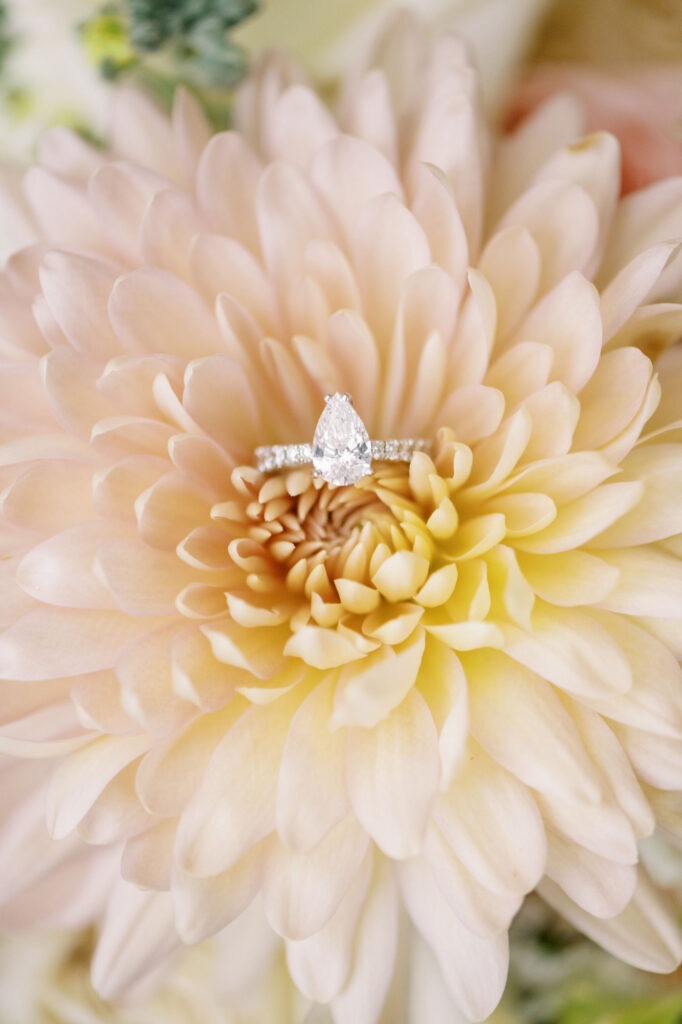
Photo by Samantha Leigh Studios
Color
Color refers to just that: the color of a diamond! Color is related to the rarity of the stone. Since diamonds are natural, they often have trace elements in them that subtly tint the hue of the rock. Natural color variation in diamonds is common, and, in fact, colorless diamonds are the rarest and therefore the most expensive. There are twelve pure hues of diamonds: yellow, blue, pink, orange, green, brown, gray, purple, violet, red, white and black. The Gemological Institute of America (GIA) ranks diamond color based on their developed International Color Scale with a given letter ranging from D-Z. D is the purest white and Z is a yellow hue.
There are a couple more characteristics to note when looking at the color of a diamond, including its tone and saturation. Tone refers to the intensity of color in the stone, ranging from light to dark. Saturation refers to the depth of the color in the diamond. Cut can also affect the ability of the naked eye to see color variations in the stone, depending on the subtlety of the hue.
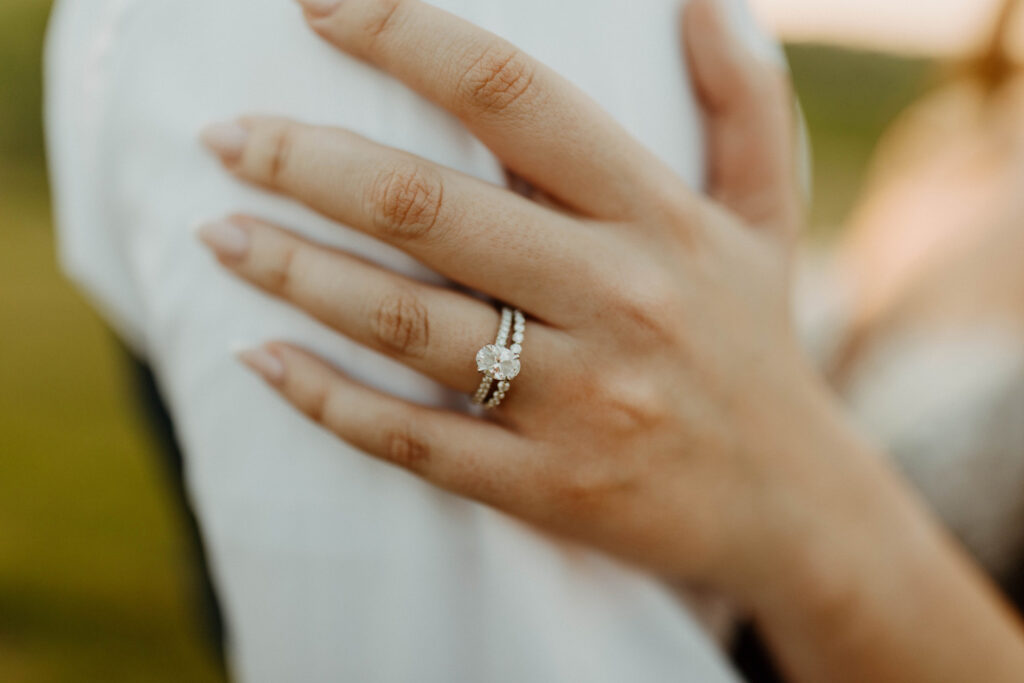
Photo by Tana Helene Photography
Clarity
Clarity of a diamond refers to the stone’s imperfections, blemishes and inclusions, or lack thereof. When a stone is forming, natural characteristics will develop in the body of the stone. Professional gemologists inspect the stone under 10x magnification and rank the diamond once again based on the number of blemishes present and the overall clarity of the stone. Inclusions in the stone come in a few different forms, the most common of which are Clouds, Graining, Cavities, and Feathering. Clouds refer to a number of small pinpoints in the diamond that can affect the overall translucence of the stone. Graining occurs when crystals develop unevenly within a diamond, and can give the stone a hazy or more opaque appearance. Cavities are openings or spaces inside of a diamond’s body. Mineral inclusions can form inside of these cavities, which can also affect the overall clarity and color tint of a diamond as well. Feathers are fractures inside of the diamond’s body that can catch and reflect light in different ways than the rest of the stone. No diamond is completely pure, but the fewer imperfections inside of a diamond, the more clear it becomes.
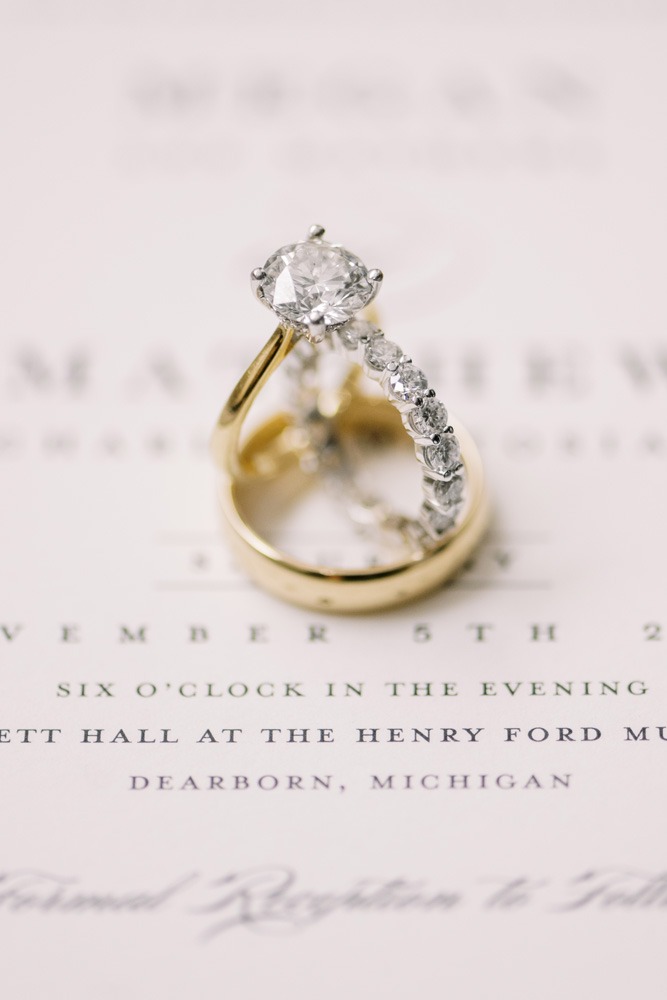
Photo by Samantha Leigh Studios
Carat
Carat refers to the weight of a diamond. A carat is a unique unit of measurement used specifically to determine the size and weight of gemstones. One Carat is approximately 0.2 grams. Total Carat Weight (TCW) refers to the total carat measurement for all of the gemstones in a specific piece of jewelry. Larger diamonds are more valuable because they are rarer in nature; therefore, sometimes buying a piece of jewelry with multiple smaller diamonds is more cost effective than buying a piece with one larger diamond.
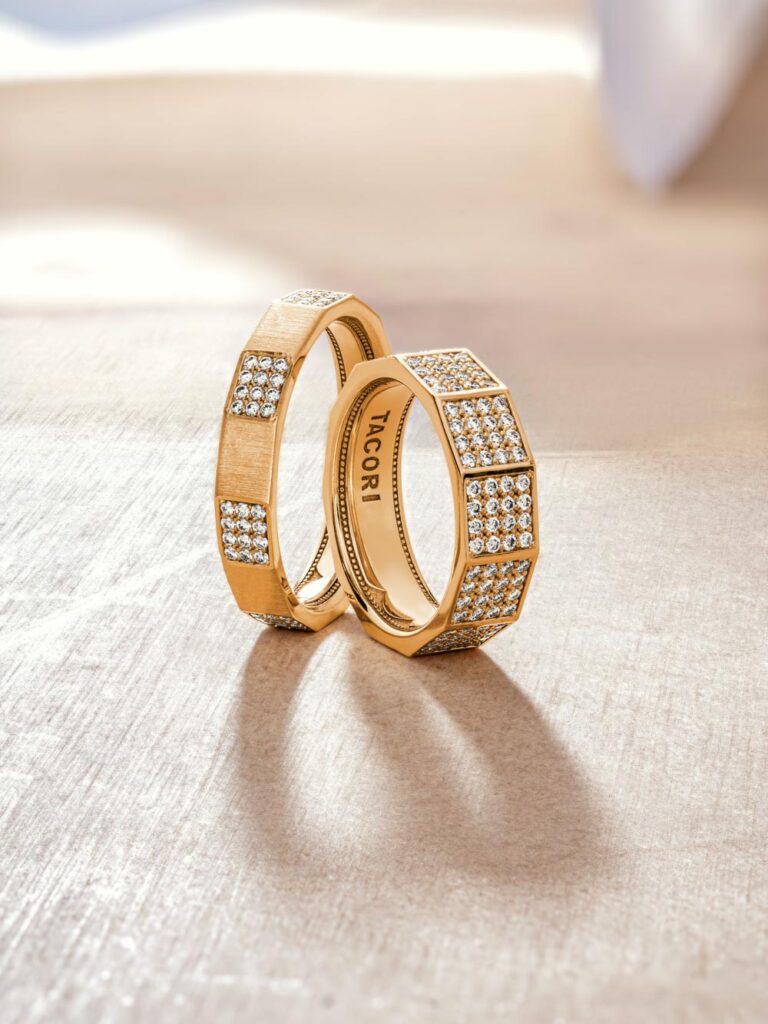
Photo sourced from Lucido Fine Jewelry
These four characteristics of diamonds are inherently linked to each other and each one can affect the next trait in a variety of ways. Considering your partner’s likes and dislikes, the statement you are trying to make, and your budget constraints, there can be a lot to think about when choosing the right piece of jewelry, especially when that piece is such an important expression of love between you and your partner. Understanding The Four C’s of Diamonds should give you the foundation you need to choose the diamond that is right for you while saying everything you need to say.
you might also like
Check Out The Latest on Instagram
Check Out The Latest on Instagram
Follow us on Facebook and Instagram for more tips, resources, and inspiration!


